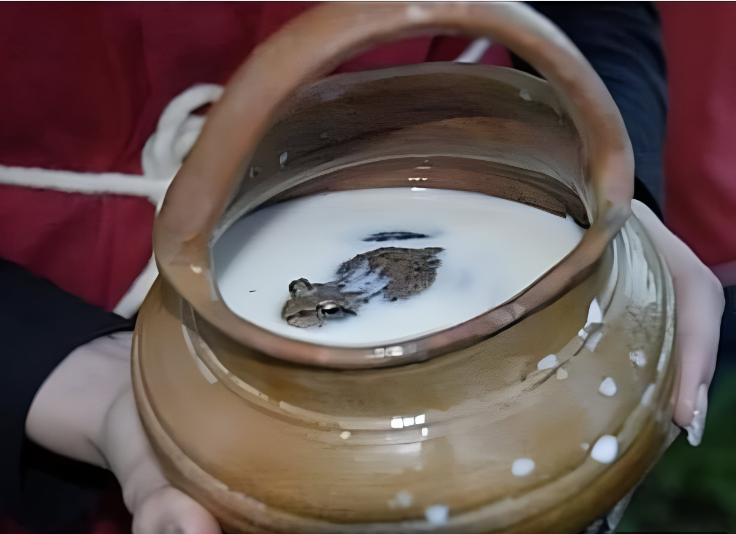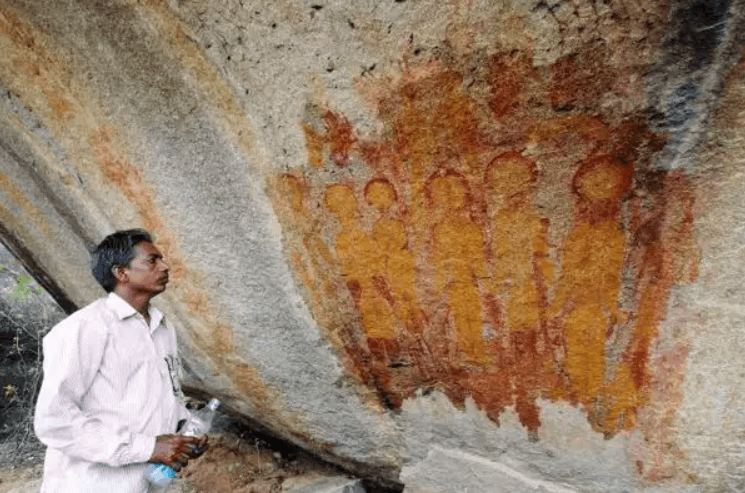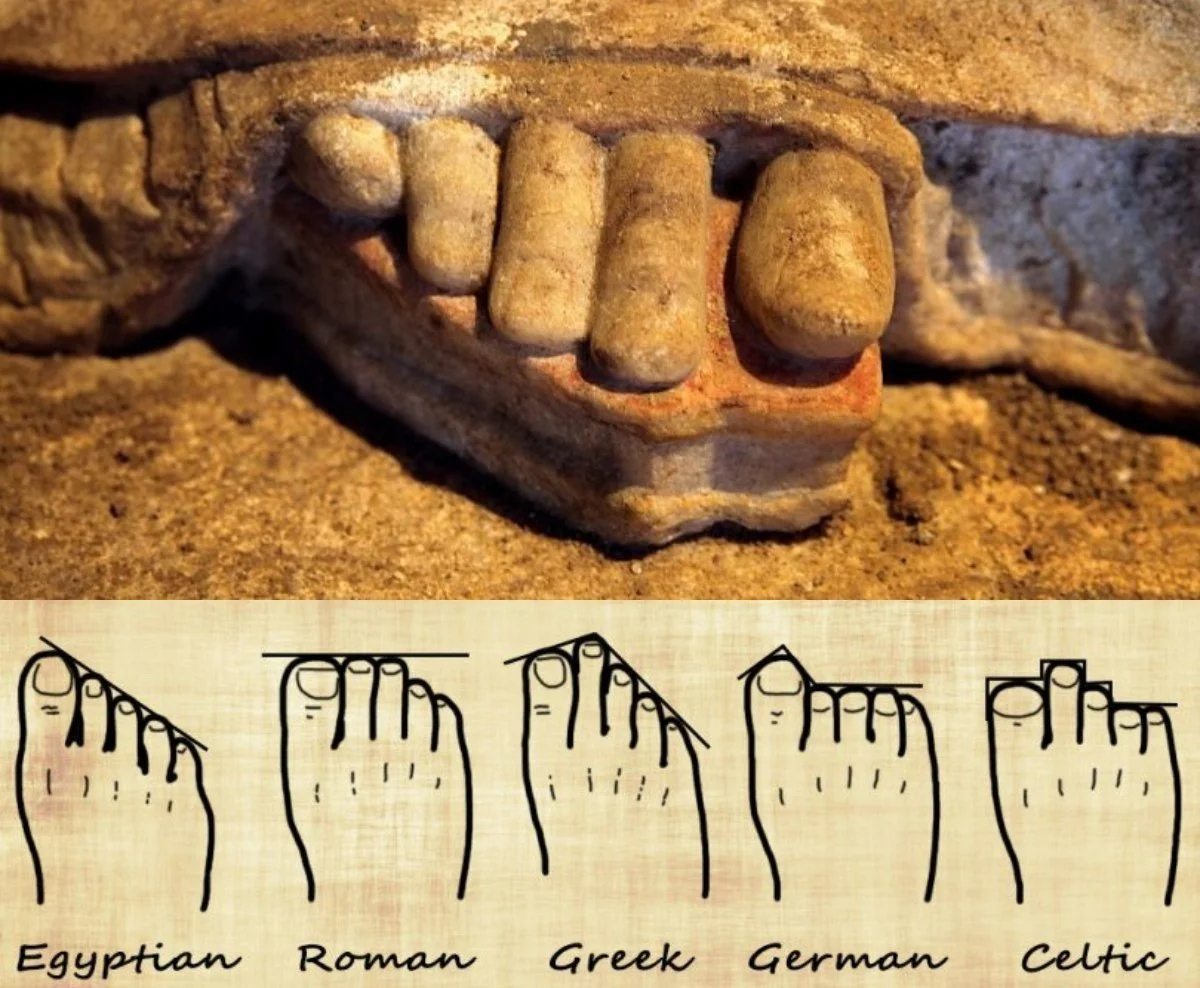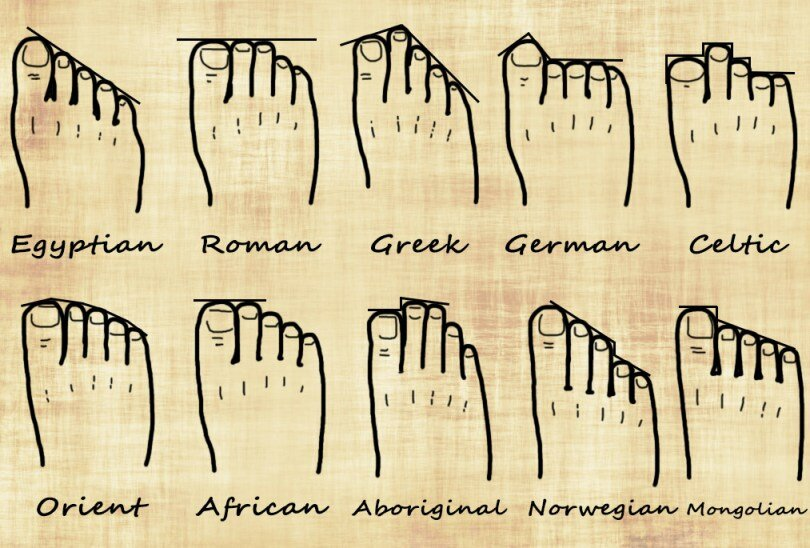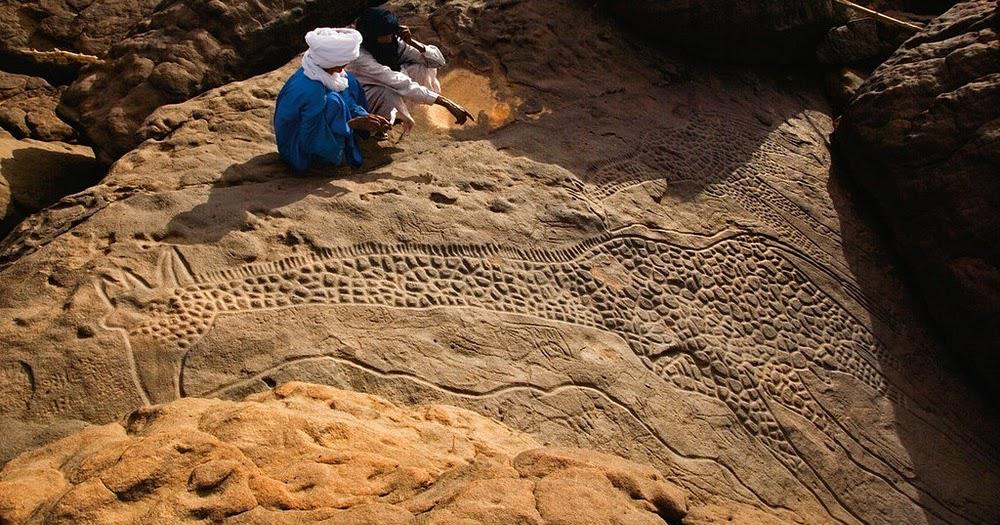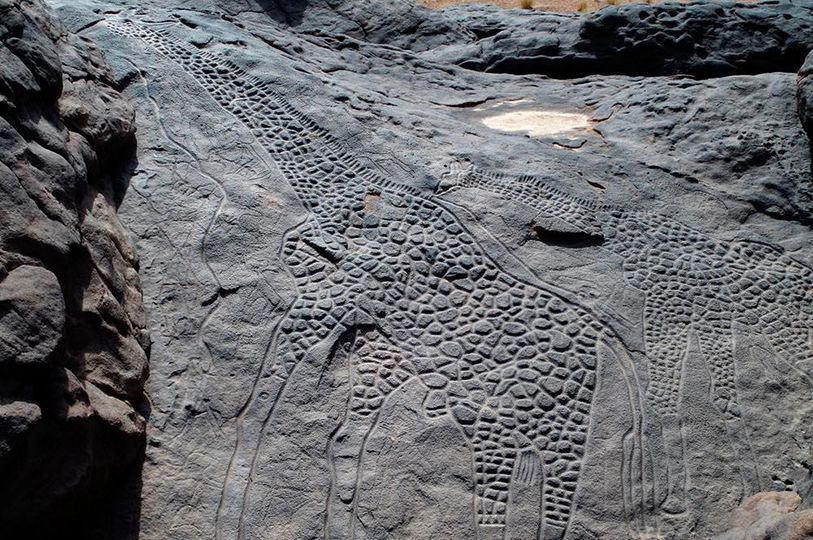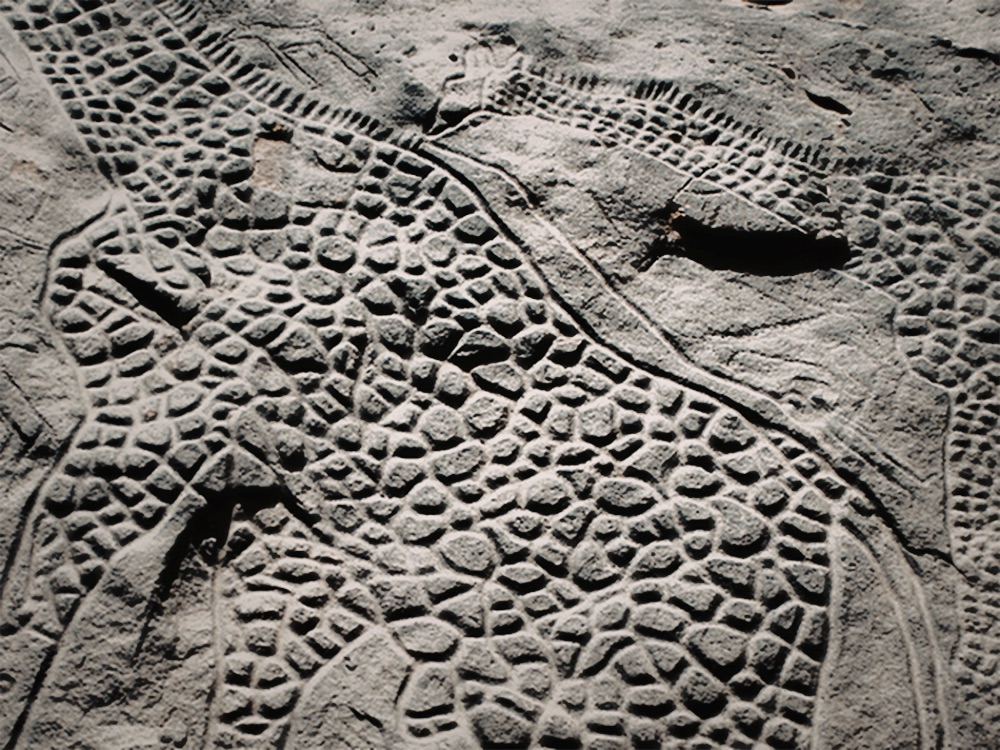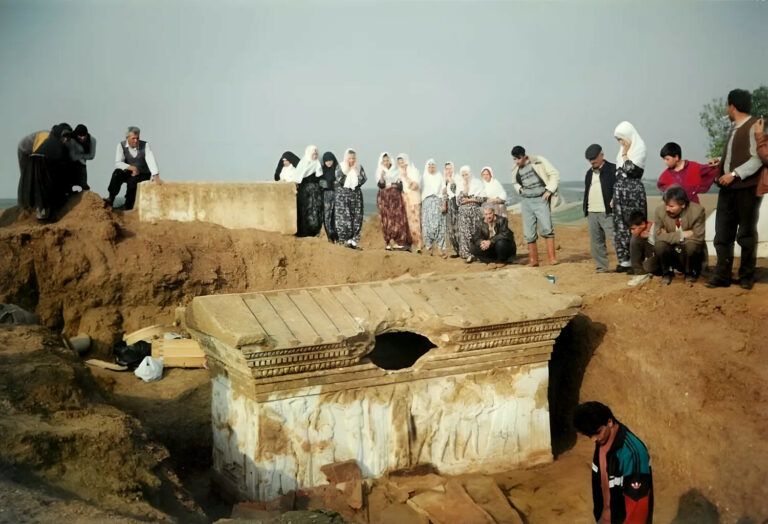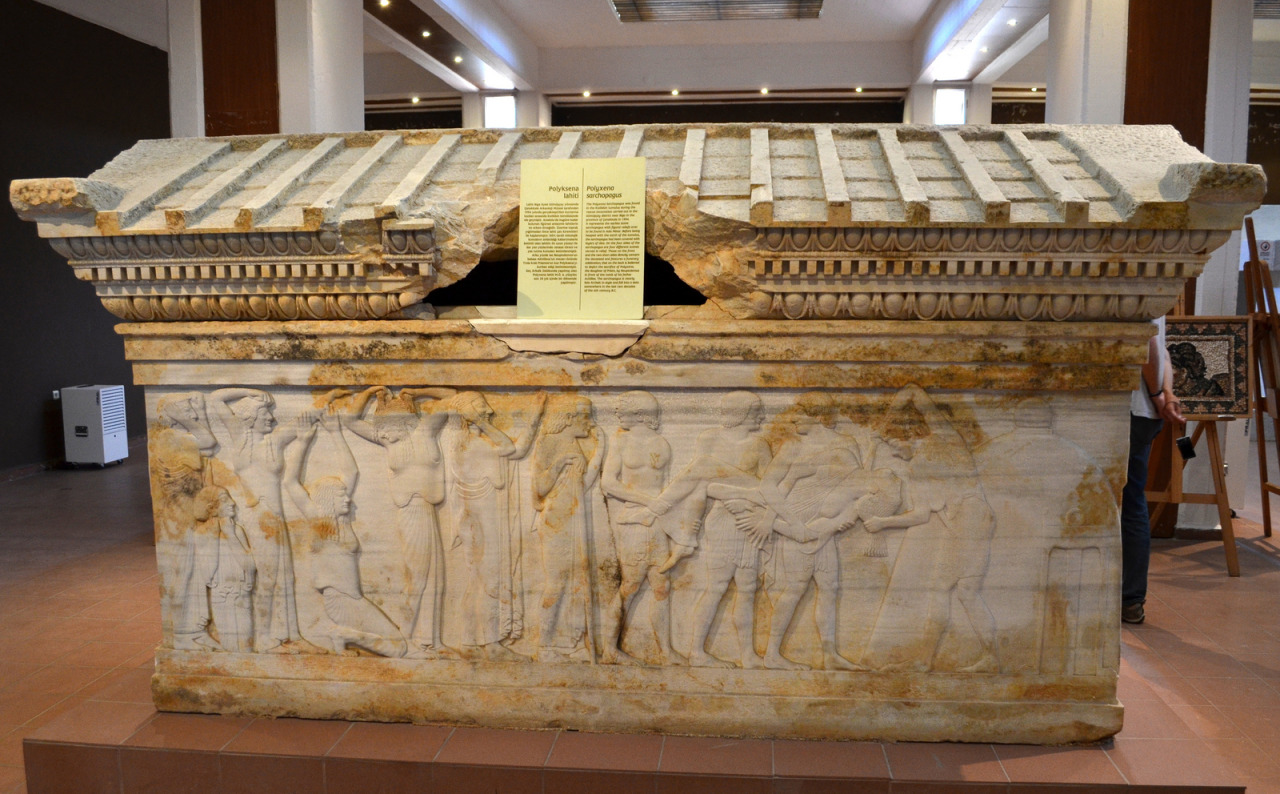In a remarkable discovery in 2017, archaeologists unearthed a massive 26-foot statue in a Cairo slum, thought to be of Pharaoh Ramses II, one of Egypt’s most powerful and celebrated rulers. Submerged in groundwater in Cairo’s Mattarya district, near the ancient city of Heliopolis, this colossal quartzite statue was hailed by Egypt’s Antiquities Ministry as one of the country’s most significant archaeological finds.
The Discovery in Mattarya
The torso of the statue of Pharaoh Ramses II was unveiled on Thursday.Mohamed Abd El Ghany / Reuters
The German-Egyptian archaeological team led this groundbreaking excavation, uncovering the statue within a modest neighborhood in eastern Cairo. The find was made close to the ruins of Ramses II’s temple in Heliopolis, an ancient city deeply connected to Egyptian mythology and religious practices. Dr. Salima Ikram, an archaeologist and professor of Egyptology at the American University in Cairo, described the discovery as “spectacular” and emphasized its historical significance: Heliopolis was the birthplace of the Sun God Ra, a central figure in Egyptian mythology, and represented a foundational part of Egyptian civilization.
Egyptian Antiquities Minister Khaled el-Anani poses for picture with workers next to the head of a statue on Thursday.Khaled Desouki / AFP - Getty Images
Ramses II: The "Great Ancestor" of Egypt
Ramses II, also known as Ramses the Great, ruled during the Nineteenth Dynasty of Egypt over 3,000 years ago, from approximately 1279 to 1213 BCE. His reign is renowned for stability, prosperity, and a flourishing of art and architecture. Ramses II expanded the Egyptian Empire, pushing its borders as far north as Syria and as far south as Nubia. His military campaigns, notably against the Hittites, were instrumental in solidifying Egypt’s influence across the ancient world. His successors honored him by calling him the “Great Ancestor,” a title that reflects his enduring legacy in Egyptian history.
The pharaoh’s contributions went beyond military prowess; he was also a prolific builder, commissioning some of Egypt’s most famous monuments, including the temples at Abu Simbel and the Ramesseum in Thebes. His name became almost synonymous with Egyptian greatness, and he continues to be a celebrated figure in Egyptian history.
The Heliopolis Sun Temple: A Center of Worship and Civilization
The statue’s discovery near the ruins of Ramses II’s temple adds to the historical intrigue surrounding Heliopolis, one of ancient Egypt’s most important religious centers. The Sun Temple, built in Ramses II’s honor, was once one of Egypt’s largest temples, surpassing even the famed Karnak Temple in Luxor in scale. The site was eventually destroyed during Greco-Roman times, with many of its obelisks and stones repurposed for construction projects in Alexandria and later in Europe. Today, the area remains a site of ongoing archaeological interest, providing invaluable insights into Egypt’s religious and cultural practices.
The Significance of the Mattarya Excavation
The Mattarya site is a part of what’s often called “rescue archaeology,” a term used to describe efforts to preserve historical sites under threat from modern development or environmental factors. The neighborhood, now a working-class area with unfinished buildings and muddy roads, is rich with ancient ruins and artifacts. This particular excavation has brought new attention to Mattarya, underscoring the potential treasures hidden within this densely populated region of Cairo.
Restoration and the Future of the Ramses II Statue
Following the discovery, archaeologists and conservation experts began the meticulous process of extracting the statue from the groundwater, with plans to restore it for display. Officials announced that if confirmed to depict Ramses II, the statue would be prominently displayed at the entrance of the Grand Egyptian Museum, which was set to open in 2018. The restoration process represents not only a testament to Ramses II’s enduring legacy but also a symbol of Egypt’s commitment to preserving its rich heritage for future generations.
A woman walks past the head of a statue at the site of the new discovery in Cairo's Mattarya district on Thursday.Khaled Desouki / AFP - Getty Images
Seti II and Other Findings
Alongside the massive statue of Ramses II, archaeologists also discovered a smaller limestone bust of Pharaoh Seti II, Ramses II’s grandson. This find highlights the complex lineage and enduring legacy of Ramses II's dynasty, which continued to influence Egyptian society long after his reign. These additional discoveries enrich our understanding of Egypt’s royal history and the lineage that followed Ramses II, connecting the great pharaoh’s reign to his successors.
Ramses II in Egyptian Culture and Beyond
Ramses II’s influence extended beyond his lifetime, permeating Egyptian culture, art, and religion. His architectural and cultural contributions helped shape the image of Egypt in the ancient world. Today, Ramses II’s legacy continues to inspire historians, archaeologists, and the public alike, exemplifying the power and splendor of Egypt’s golden age. This recent discovery serves as a reminder of his enduring impact and the cultural wealth still hidden beneath Egypt’s modern cities.
A Window into Ancient Egyptian Glory
The unearthing of the Ramses II statue is not only a significant archaeological achievement but also a testament to Egypt’s rich historical legacy. With each discovery, Egypt continues to share its ancient past with the world, inviting us to explore the lives and accomplishments of the pharaohs who shaped one of history’s most remarkable civilizations. This find in Mattarya is a valuable piece of the intricate puzzle that forms Egypt’s storied past, a reminder of the splendor and grandeur that once defined the land of the pharaohs.






